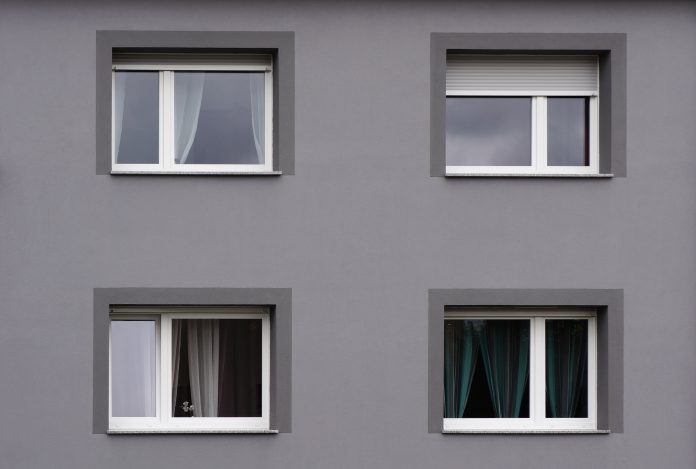Modern windows, with their double glazing and low-E glass, are known to be energy efficient. Any homeowner that has them installed would probably regard the coming winter and the chill that accompanies it with apathy.
For those that reside in outdated buildings and simply can’t afford the costs of upgrading their windows currently, the coming winter can be a season to dread- not only because of the risks of winter frost breaching their homes, but also because of the high-energy consumption and bills that come with spending winter in a poorly insulated house.
The good news is that with proper insulation, you can actually prepare your windows to offer you better energy performance. There are various insulation materials and DIY methods you can use, each with its pros and cons- but in the end, they can all help make your winter more tolerable. They are:
- Insulation Film
While this only offers a temporal fix that comes with a cloudy look, it’s actually cheap and effective, and you don’t need to hire a professional to insulate your windows with it.
Simply visit a hardware store near you or even online and order window insulation kits. Use a double-stick tape to apply the plastic shrink films inside the kits to the interior window frames. To shrink the films and also smoothen them, heat them using a hair dryer, but make sure the dryer is 3-5 inches away from their surfaces. Then trim away any excess film on the sides of the frame using scissors.
- Self-Stick Rubber Weather Sealing
You can also purchase this online or from a hardware store near you. It’s cheap, efficient, and doesn’t ruin the appearance of your window. The best part is that it’s very easy to use. Simply measure the dimensions of your windows and cut out strips that are of equal dimensions. The rest is even simpler. Peel each sticker and paste it on the corresponding frame to seal gaps and cracks, keep cool air out and warm air in.
The only downside to this window insulation option is that after peeling away the strip, you may notice remnants of its adhesive on your frame or damage to the paint.
- Draught Snakes
This is cheap because you can actually make one yourself. Measure the widths of your windows, sew tubes of equal widths using fabrics, and stuff them with rice. Next, set the tubes on your window sills to hamper the flow of cold air trying to seep into your home.
- Layered Curtains
This is very simple. Instead of light curtains, buy layered ones made of heavy fabrics. You can also buy thermal linings and sew it to the back of your curtain or simply purchase curtains that already have thermal linings. This option is especially good because you can choose fabrics, colours, and designs that accentuate the beauty of your interior. However, heavy curtains can prevent natural light from adequately reaching your home.
While these window insulation options can help minimise your energy use during winter and even reduce the risks of frost intrusion, you would be defeating the purpose of adopting them if you fail to insulate your doors, walls, and other parts of your house too. The key is moving around, identifying and insulating any holes, gaps or cracks from where cold air could breech your home during winter.





















